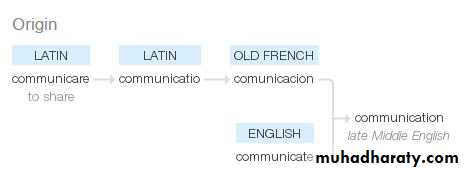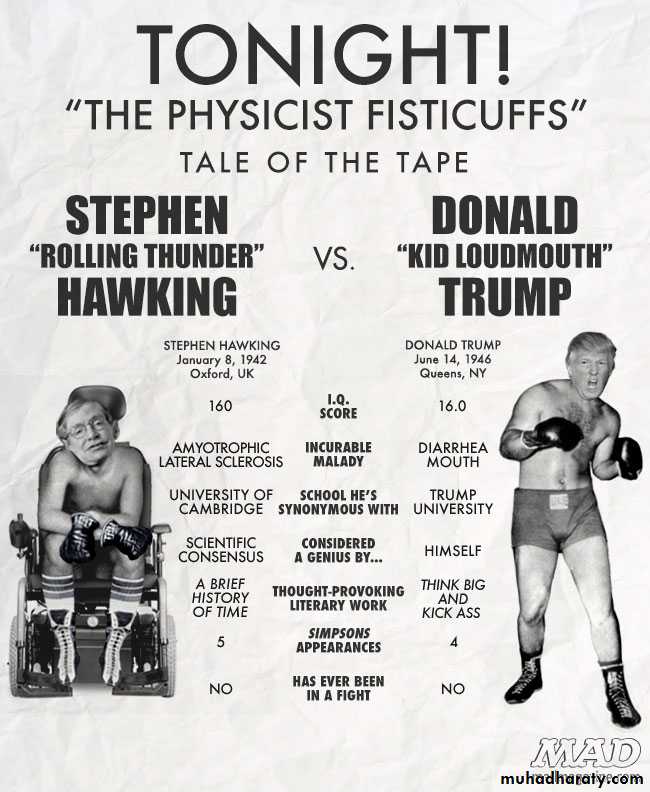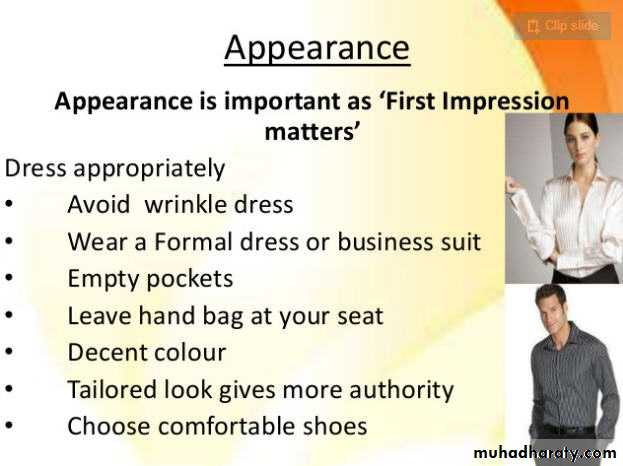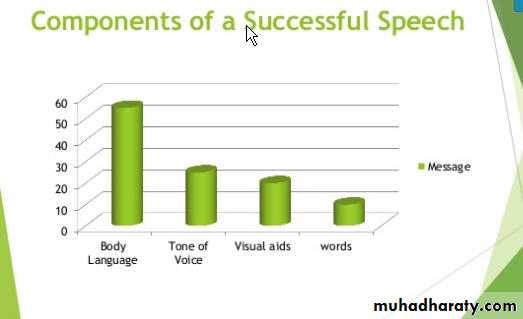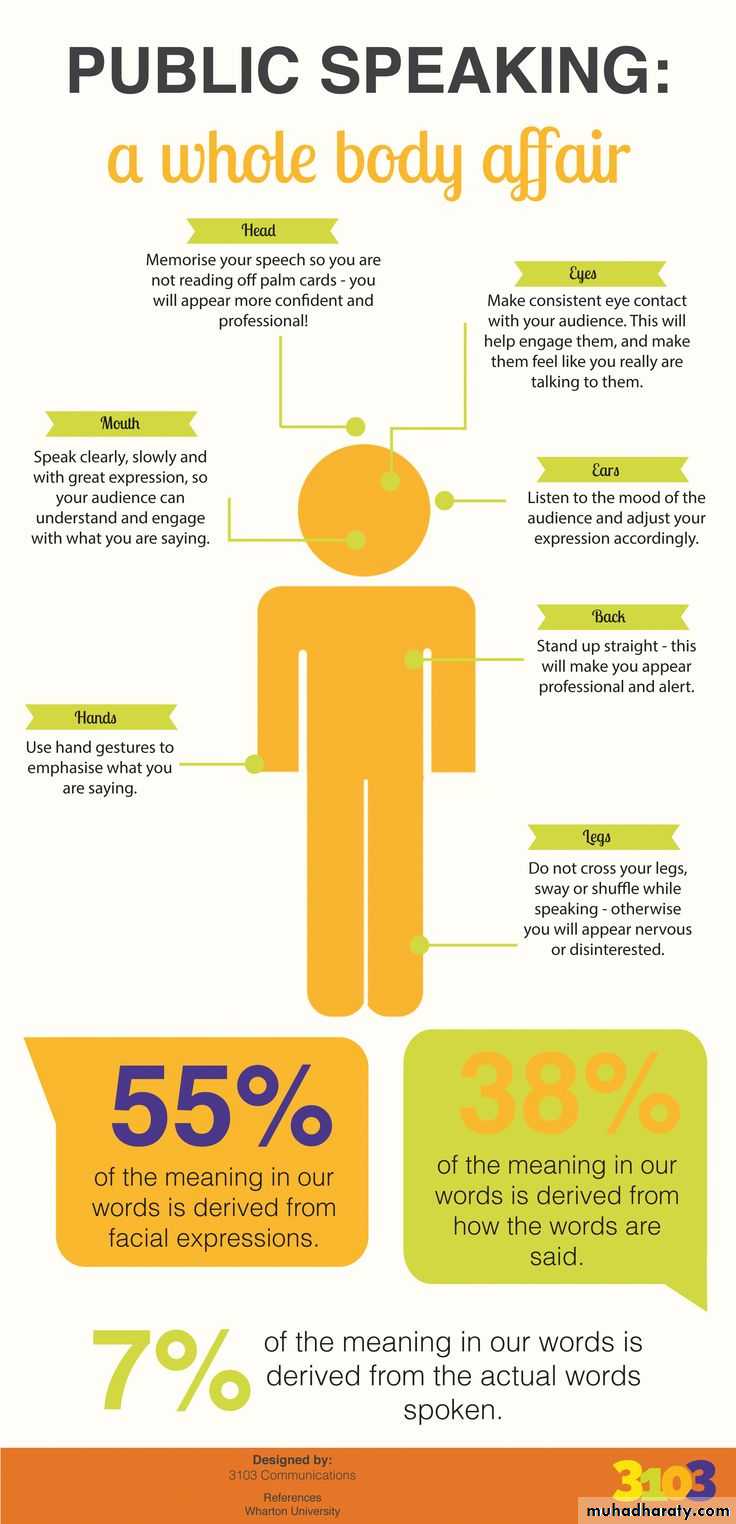Obama
https://www.youtube.com/watch?v=OFPwDe22CoYContent:
Delivery:Communication is derived from a Latin word “Communis”, which means “to share”.http://www.etymonline.com/index.php?term=communication
Communication Methods
HOW WE COMMUNICATEExpressively
Verbal
Non- verbal
Listening
Reading
Receptively
What is an informative speech?
An informative speech is a fact-based speech intended to teach its audience about a specific topic.
- understand (How?)
- and remember everything we heard (How?)
- the speaker’s opinion?
Informative versus persuasive speech
- It’s an expository speech (aims to explain/describe)
- Clarity- IT’s LIVE – can’t be rewinded SO fully practice it in advance
Informative Speech Topical Keyword Outline
• Introduction Attention Getting Element Introduce Topic Body• Thesis Statement: Today, I hope to inform you about . . . . Transition: Main Point 1 - Subpoint (source) Transition: Main Point 2: Subpoint (source) Transition: • Conclusion Summarize (Restate Thesis) Final Statement (thought-provoking)Works Cited/References (at least 2 Legitimate Sources)
See the main example in the folder for your assignment:
week 4 assignment outline informative speechAttention Getting Element
Quotations?
A story?
An image?
Visual resources?
“"He is a demagogue, who seems to appeal to the lowest common denominator.“” Hawking on Trump
Presentation (Please do not enter room while classmates are speaking)
Stand to side of projectorDon’t face screen – face audience
Practice with Power Point for flow (baska)
Be sure to cover topics in the same order they appear on the slides to minimize confusion
Please save your presentation in at least 2 ways-make sure it will work on classroom computer.
What is a good informative speech?
• It’s rehearsed but not memorized
• It is OK to use cards or an outline
• Excitement! Be excited about your topic!
• Tone and volume of the voice
• USE Non verbal strategies:
• Dress appropriately (formal or about the topic – that may be a fun way , ice breaker
• Make eye contact
• Facial expressions/body movement/hand gestures (More on this tomorrow)
• Posture – stand up straight , rocking back and forth, pacing endlessly (I do some of those)
• No unnecessary quiet pauses, Be aware of meaningless speech sounds (mmm, um, okay, you know, IIII)
• Be ready for disappointment, sometimes things go unexpected, keep your calm, stay relaxed , keep your humour (derste calismayan ppt ler gibi).
• Finally… Practice! Practice! Practice!
PPT Delivery
Guidelines for a 3-4 minutes speechA few slides (predominantly an outline of your speech)
High contrast color (text to background)
Consistent colors
Use large standard font (be consistent across slides)
No crazy animations (helicopter dropping letters from the sky or crazy slide transitioning)
No long video clips
Picture – be careful about presentation of it. If there’s a picture, say something about it
One complete thought PER SLIDE
Watch: Basic Structure of an Informative Speech
https://www.youtube.com/watch?v=PRCvZ3moxdE
Extra: how to give an informative speech or short presentation
https://www.youtube.com/watch?v=n9OnGM90O7k• What is public speaking?
Simply put, public speaking is talking to a group of people.PUBLIC SPEAKING IS A PROCESS, AN ACT AND AN ART OF MAKING A SPEECH BEFORE AN AUIDIENCE
Major Objectives of Presenting Information:
• Information. Oral presentation is mostly used to inform audience about product, services, event, etc.• Persuasion. It’s an important objective of presentation. The aim is to slightly pressurize the audience into accepting an offer, suggestion, or advice.
• Goodwill Building. Oral communication also helps in building positive and constructive relationships.
MODERN ELEMENTS OF PUBLIC SPEAKING
Types of public speaking. Some broad categories are:
Speaking to inform
Speaking to persuade
Speaking to entertain - ceremonial speeches
Extemporaneous/impromptu
Basic Elements of Public Speaking
Introduction. Most people don't pay enough attention to the introduction of a speech. The introduction is one of the most important parts of the speech, because if you lose your audience at the beginning, getting them back can be next to impossibleAttention.- A joke, a quote, a startling statistic, any number of things can serve the purpose well.
Purpose. What will make listening worth their time?
Credibility. . Why are you qualified to talk on the things you are talking about?
Body. This is the main content portion of your speech.
Organization. Your audience needs to be able to follow you. Be certain that you have some sort of pattern.Transitions. Don't just jump from point to point, but smoothly move from one issue to the next.
Climax. At some point, your speech should come to an end
Conclusion. Here, you should wrap up any loose ends. T
A final closing example. Drive your point home with one more powerful demonstration. o Call to action. What should your audience do now? If you weren't trying to persuade them to do something, what is the most important point that they should take away from your speech? o Why it mattered. Briefly recap what you said, reminding your audience why it mattered.
Call to Action. Leave audience with something to think about.
Must Do’s AND Don'ts
Be yourselfSmile and have fun
Speak loud
Relax and Be confident
Know your Audience
Wrap up your speech on time
Connect with your people during the presentation
Use simple and understandable language
Do not fear
Do not rush through your presentation
Don’t make things which you are not sure about
Do not stick your hands in your pockets
Do not point fingers
Do not hurt people feelings
Do not dictate
Do not put-up an aggressive face
Body language
Tone of Voice
1) Pace (speed) - Fast , Slow or Mix140 – 150 words per minute is a perfect speed
2) Pitch
Men speak in a lower pitch (120 HZ) (good)
Women speak in a higher pitch (220 HZ)
Use higher pitch for excitement and use lower pitch to add seriousness to the message.
3) Volume Too high (shouting) (incorrect) Too low (can’t hear) (incorrect) Varying between them is an excellent decision
(4) Pause Components of a Successful Speech - Short Pause (0.5 to 2 sec.) - Spontaneity Pause (unplanned) - Long Pause (35 sec to 2 min.)
identify the power words that should be underlined by pauses
TED | TEDx Events | TEDxTalks
is a small nonprofit devoted to Ideas Worth Spreadingshort, powerful talks (18 minutes or less) nonprofit, nonpartisan
https://www.ted.com/talks
MUST SEEAmy Cuddy: Your body language shapes who you are
https://www.ted.com/talks/amy_cuddy_your_body_language_shapes_who_you_are?language=en
Extemporaneous/impromptu speech
An impromptu speech is a speech that you have to make when you haven't prepared.Grab a pen and a piece of paper, whether it is a napkin, envelope, or the back of a piece of paper you have on hand. Make a few notes and
Put down interesting or significant points about your topic
Keep in mind the skills you learned when you are presenting
Video sec Chris Anderson: TED's secret to great public speakinghttps://www.youtube.com/watch?v=-FOCpMAww28
EXTRA - https://prezi.com/udamdpcfqaxj/public-speaking-the-informative-speech/
The 7 secrets of the greatest speakers in history |https://www.youtube.com/watch?v=i0a61wFaF8A


